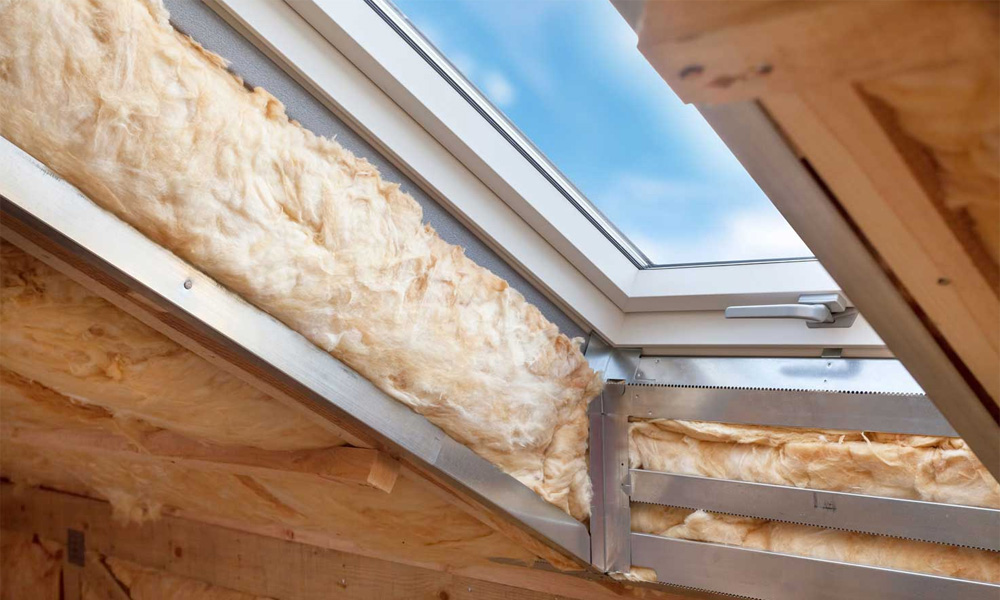
Choosing the right roofing insulation is a much more complicated process than many people are aware. Indeed, there are several factors that influence the best roof insulation for your roof including the type of roof, the structural components of the roof, and even the cost of the insulation. That being said, investing in good roof insulation is one of the easiest and most cost efficient ways to reduce your home’s energy costs. In fact, even the most inexpensive roof insulation will significantly impact your seasonal heating and cooling costs. So, as a homeowner, what do you need to know about roof insulation?
Let’s start with the basics – building codes and regulations have specific requirements for roof insulation. Most heat loss from a building exits through the roof because heat rises. Insulating a roof is not always a pleasant job, but experienced DIYers can likely handle the task on their own. Depending on whether you are insulating a sloped or flat roof, installation of insulation varies slightly. For a pitched roof, you’ll want to decide whether you install the insulation between the rafters or at the ceiling level. Most professionals recommend insulating between the rafters. Speaking or rafters, their depth will also influence installation of roof insulation to ensure it is effective.
There are several different kinds of insulation including foam board, wool insulation, and even spray foam. Each of these types is suitable for different roofing structures and arguably requires different levels of professional expertise to install. Additionally, depending on your climate and other factors, it’s important to remember that insulation normally needs air to breath to prevent moisture from building up and damaging other roofing structures. As such, it is important to consider moisture when choosing your insulation. For example, while sprayed foam insulation adheres well to a wide variety of materials, it can also retain moisture. Should roofing materials need repair or replacement, spray foam insulation will also likely need to be replaced which can quickly add to repair costs.
Ultimately, roofing insulation is an integral component of your roof – it helps to keep your house cool during hot months and warm during cold months. As a result, investing in good insulation and ensuring it is installed properly can have a significant impact on your annual heating and energy costs. While home improvement enthusiasts may feel up to the task of replacing or installing their own roof insulation, it is always advisable to work with a qualified roofing professional. In the end, choosing the right insulation for your home depends on careful consideration of many factors including the type of roof, the underlying roof structures, your budget, and even your climate.

